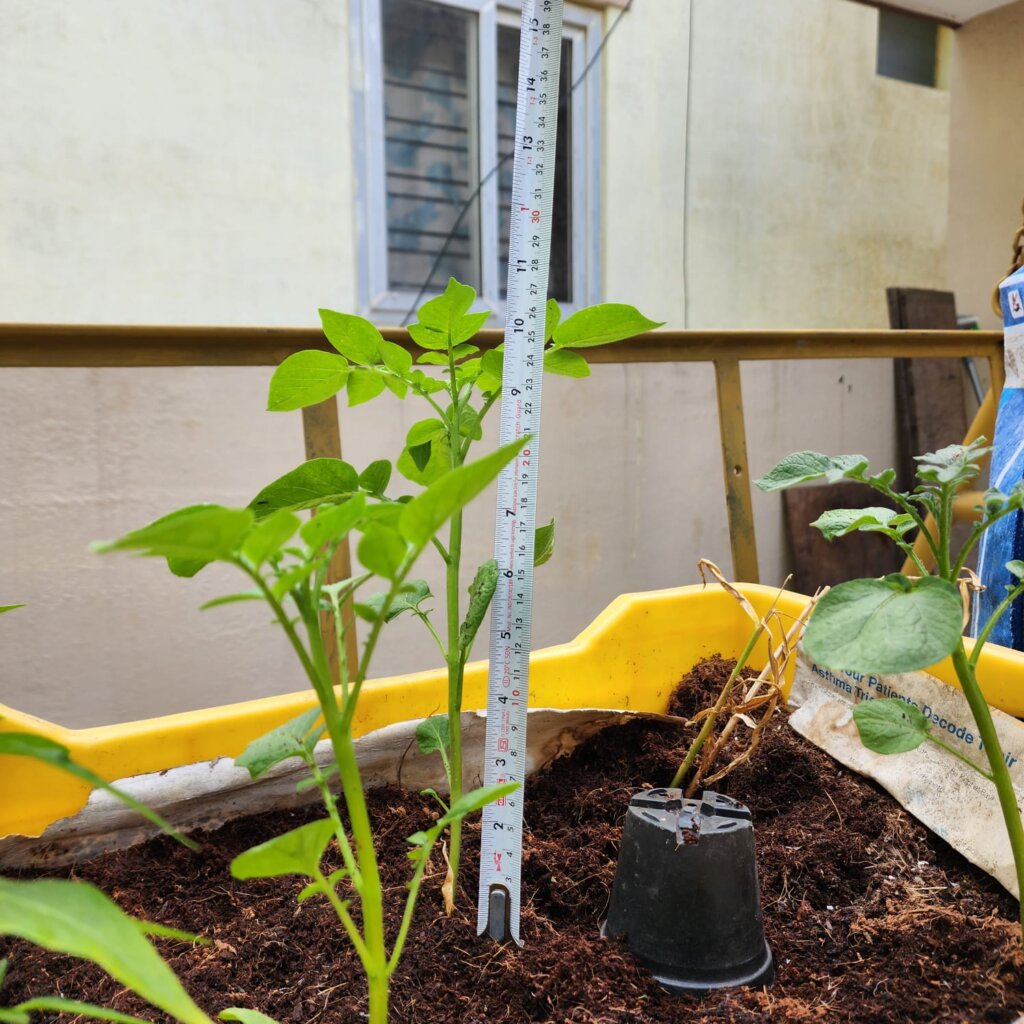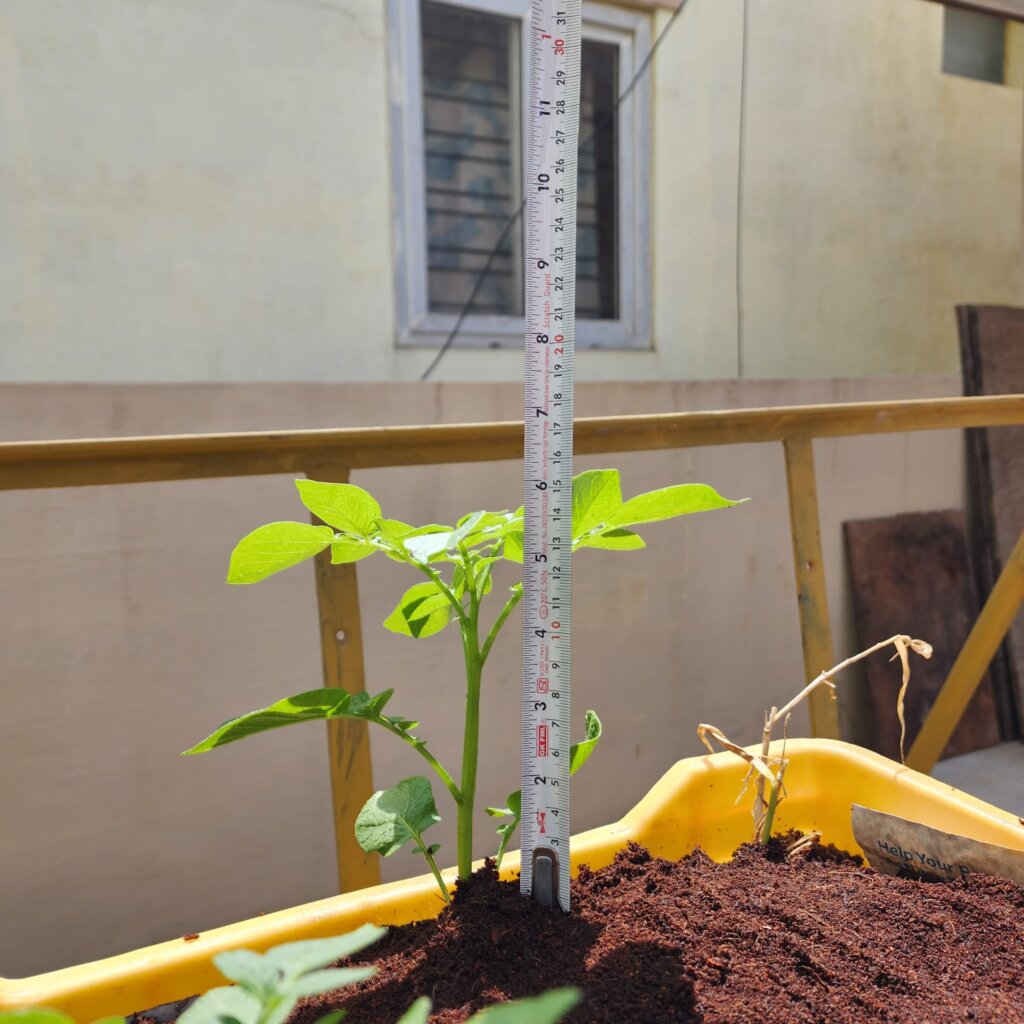This Will Change the Way You Look at Hilling Up of Potatoes
Have you ever tried to grow potatoes in your backyard and felt that the number and size of potatoes yielded less compared to the standard yield? One of the things you can do next time is hilling up.
Wikipedia describes “hilling up,” “earthing up,” or “ridging up” as the technique in agriculture and horticulture of piling up soil around the base of a plant.
When we look up examples of hilling, the most common example we see is the tubers, especially the potatoes. Potatoes, radishes, and carrots being tubers grow well in soil. The concept of “hilling” is the piling up of soil as the plant matures and grows along the base of the plant.

When to start hilling up the potato plants.
When the potato reaches a height of 15 to 20 cm (6 to 8 inches) above the soil surface, typically within 2 weeks, it is hilled until only the top leaves sticking out from the top. Once again, repeat the process after two weeks. Ideally, this helps produce more stolons and more individual potatoes. Until maturation, once the number of unique potatoes is formed, we now need to help the potato attain the size, so an ideal into will be 2 to 3 cycles of hilling, but not more than 3. So we can balance the size as well as the number of potatoes.
Common materials used for hilling are soil, cocopeat, compost, straw, and coco chips.

Advantages of hilling up
The yields of large quantities of potatoes are both high in quantity and quality.
Control weeds effectively
stop the skin of potatoes from turning green and becoming toxic.
The disadvantages of hilling up
increase in labor costs and labor hours.
Tips and tricks for hilling up in a terrace garden
Grow bag rolling up. Here the grow bags are deep is chosen and the edges are rolled up and filled with the materials described above.
Tyre hilling up: here the tyre is put one over the other as the plant grows goes after 10 inches and is filled with cocopeat or soil.
